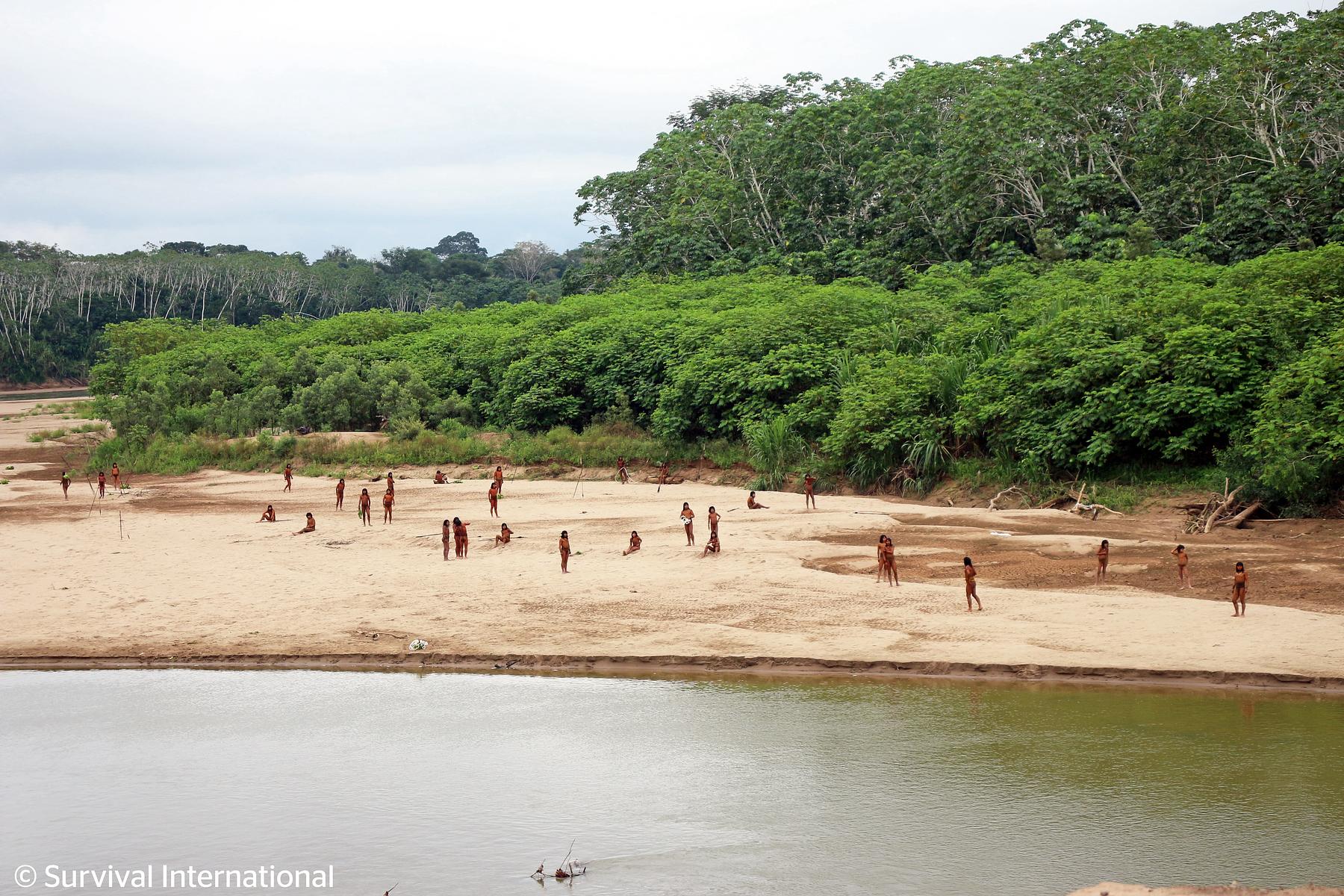
In a remote part of the Peruvian Amazon, a rare sighting of the Mashco Piro tribe has sparked concerns among conservationists and authorities alike. The Mashco Piro are an uncontacted indigenous group known for their isolation from modern society, residing deep within the rainforest.
The sighting, reported by local authorities and conservation groups, comes at a critical time. The region where the Mashco Piro live is facing increasing pressure from logging activities. Environmentalists warn that such activities not only threaten the delicate ecosystem of the Amazon rainforest but also endanger the lives and cultural heritage of indigenous tribes like the Mashco Piro.
The Mashco Piro have historically avoided contact with outsiders, choosing to live in seclusion within the dense Amazon rainforest. This isolation has helped them preserve their unique way of life, relying on traditional hunting and gathering techniques passed down through generations.
According to reports, the recent sighting occurred near a logging area, raising concerns about potential conflicts between the tribe and loggers. Peru's Ministry of Culture, tasked with protecting indigenous tribes, has intensified efforts to monitor the situation closely. They aim to prevent any inadvertent contact that could expose the Mashco Piro to diseases against which they have no immunity, which has been a devastating historical consequence for many isolated tribes.
This sighting has reignited debates about how best to balance conservation efforts with economic development in the Amazon. While logging can provide economic benefits to local communities, it often comes at the expense of biodiversity and the cultural integrity of indigenous peoples.
The Mashco Piro's plight is not unique. Across the Amazon basin, numerous uncontacted tribes face similar challenges as their territories are increasingly encroached upon by extractive industries and agriculture. These tribes represent a living link to humanity's past and possess invaluable knowledge about the rainforest's medicinal plants, wildlife, and sustainable practices.
As the international community grapples with climate change and biodiversity loss, protecting the Amazon rainforest and its indigenous inhabitants has become a global priority. Efforts to create protected areas and enforce environmental regulations are crucial steps in safeguarding both the natural and cultural diversity of the region.
So, the sighting of the Mashco Piro tribe in the Peruvian Amazon underscores the urgent need for responsible stewardship of our planet's natural resources. Balancing conservation efforts with sustainable development is essential to ensure a future where both nature and humanity can thrive harmoniously.


0 Comments